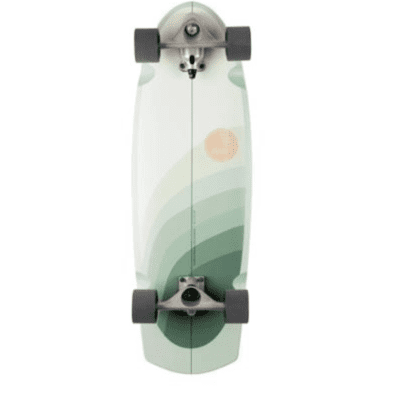Description
Ben jij geïnteresseerd in het golfsurfen en zou je graag een keer een les krijgen? Dan heeft de Noordzee Surfschool het volgende in de aanbieding: Pivé Surfles Scheveningen en Kijkduin.
Privé Surfles Scheveningen
Wij bieden natuurlijk ook privé surflessen aan. Tijdens deze privé surfles krijg je één op één surfles van onze ervaren surf instructeur. Het voordeel van deze vorm van les is dat je met een rap tempo kunt leren surfen of nieuwe surf technieken onder de knie kunt krijgen. De privé lessen zijn dus geschikt voor surfers van ieder niveau!Tips, hints en tricks zullen je tot in detail uitgelegd worden en onze instructeur zal natuurlijk zijn volledige aandacht aan jou besteden.
De privé surfles duurt twee uur en bestaat uit twee delen: een theoretisch deel en een praktijkgericht deel. De eerste twintig minuten krijg je de theoretische introductie op het strand, dan heb je uiteraard ook de kans om vragen te stellen. Vervolgens heb je nog ruim de tijd om de theorie in de praktijk te brengen en je eerste golf te pakken in het water of je nieuwe trick te landen!
Heb jij de smaak te pakken pakken en ben je opzoek naar je eigen beginners surfboard en wetsuit? Je kan een groot deel van ons aanbod online zien. We helpen je echter graag verder in de winkel (Noordzee Boardstore) op de Badhuisstraat in Scheveningen om jouw het beste te adviseren.



